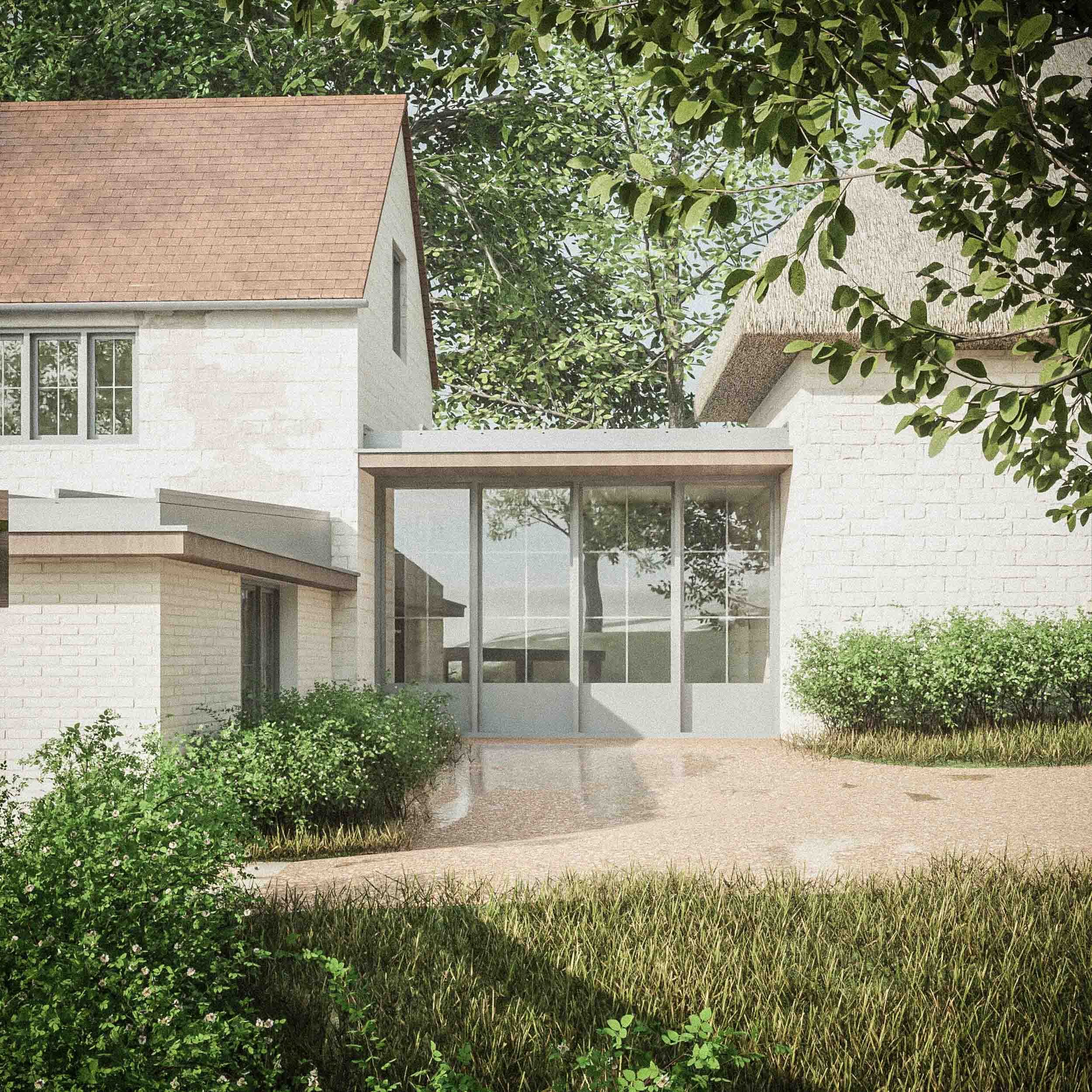Designing Extensions for Listed Buildings: What You Can (and Can't) Do
Working with a listed building is a privilege—but it comes with responsibilities. These buildings are protected because of their historical or architectural importance, and any changes must be handled with care. That doesn't mean you're stuck with what's there, though. Thoughtful, well-designed extensions are possible—and can even be welcomed—if they're done properly.
A contemporary extension to a Grade II listed Mill
Here are five key things to understand before planning an extension to a listed home.
1. Understand What You're Working With
A listed building isn’t just a house with an old facade. Listing covers the entire property—inside and out—and often includes boundary walls, outbuildings, and other structures that were part of the land before 1948.
Before you get too far with ideas, take time to understand what’s significant about the building. Is it the age, the craftsmanship, the layout, or even the way it sits in the landscape? A clear understanding of what matters helps shape a design that respects the building’s character.
This process often includes research—historic maps, old records—and a careful walk-through to understand features that need protecting. If needed, a heritage consultant can help make sense of what’s important.
2. Your Extension Needs to Be Justified
Every proposed change to a listed building has to be justified. That means clearly showing how it affects the building's character—and why it’s needed.
This is where a Heritage Statement comes in. It’s a document that outlines what’s special about the building and how your proposal will either protect or enhance those qualities. It also shows you’ve thought through the impact of your design and taken steps to minimise harm.
For planning applications, you’ll also likely need a Design & Access Statement to explain how your ideas evolved and how they respond to the building’s setting.
3. Old and New Can Work Together
There’s a common myth that new work has to mimic the old. In truth, copying historic styles can sometimes do more harm than good.
Extensions to listed buildings should be sympathetic—but they don’t need to be pastiche. A contemporary design, carefully judged in scale, form and materials, can complement the original without pretending to be part of it.
The goal is balance. The new should feel clearly secondary to the main building but still of high quality in its own right. This might mean using traditional materials in a modern way, or introducing contrast that highlights the old by being clearly new.
4. Not All Buildings Are Equal, and Not All Proposals Are Simple
Each listed building is different. What’s acceptable for one may not be appropriate for another.
Proposals are judged on a case-by-case basis. A modest single-storey extension to a rear elevation might be fine for a Grade II listed cottage, but not for a more prominent building with sensitive detailing or a key public view. Likewise, some homes will have been altered before, while others remain remarkably intact.
That’s why a tailored approach is key. Pre-application advice from your local authority is often a good place to start. It can clarify what’s likely to be supported—and what definitely won’t.
5. Expect a Bit More Time (and Paperwork)
Listed Building Consent is a separate process from regular planning permission. You’ll usually need both.
This means more documentation, more consultation, and often more time. There may be input from the council’s conservation officer, and possibly from national bodies like Historic England if the building is highly graded.
It’s worth being prepared for the added complexity. But with a clear design strategy and the right professional support, it’s entirely manageable.
Final Thoughts
Extending a listed building is never about squeezing on extra space at all costs. It’s about improving how the building works for you—while still respecting what makes it special.
Done right, the result is often more than just an extension. It’s a dialogue between old and new that enhances the value, character, and everyday enjoyment of your home.
If you're planning work to a listed building and want clear, honest guidance, I can help you navigate the process from first ideas to final approval. Get in touch for a no-obligation chat.

